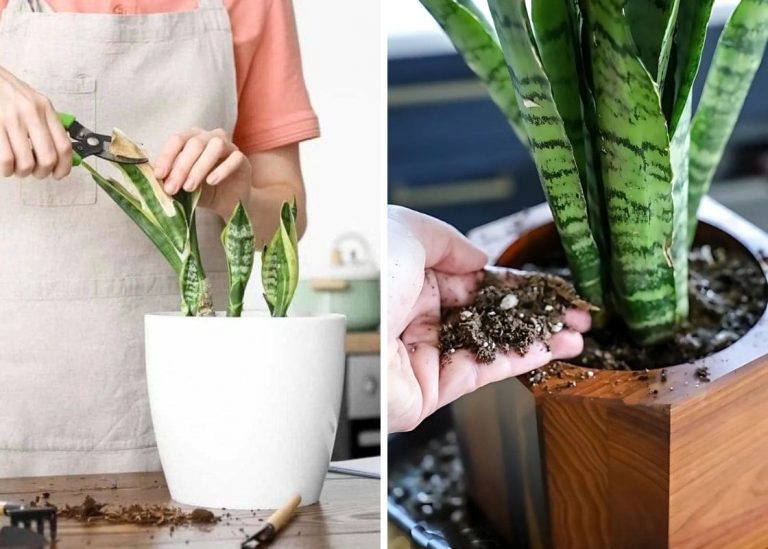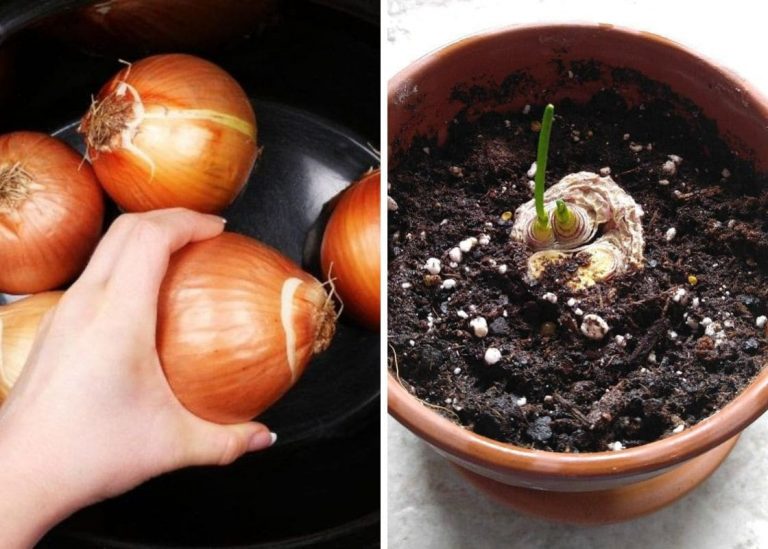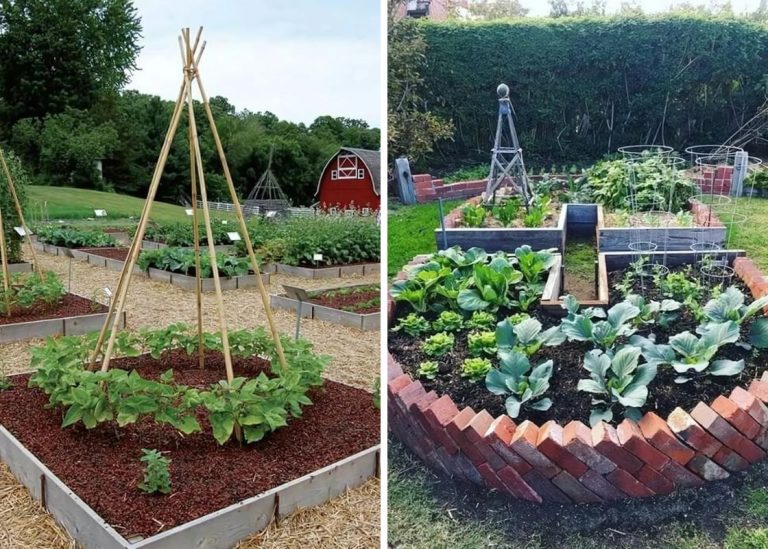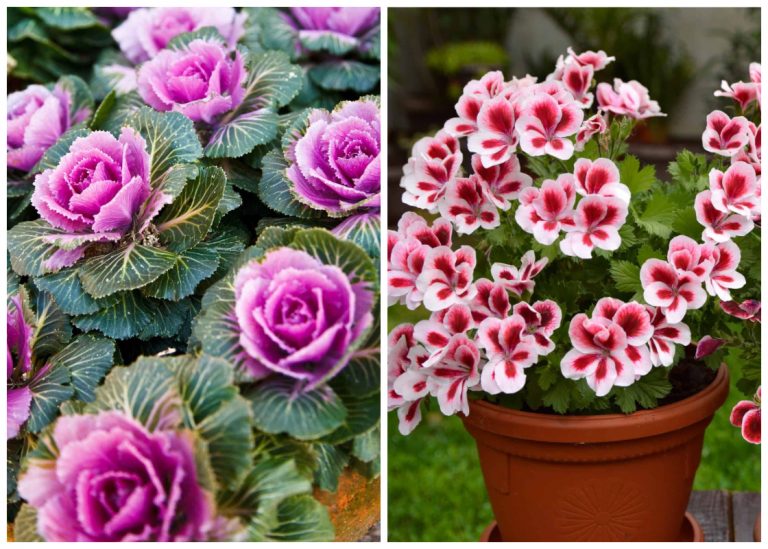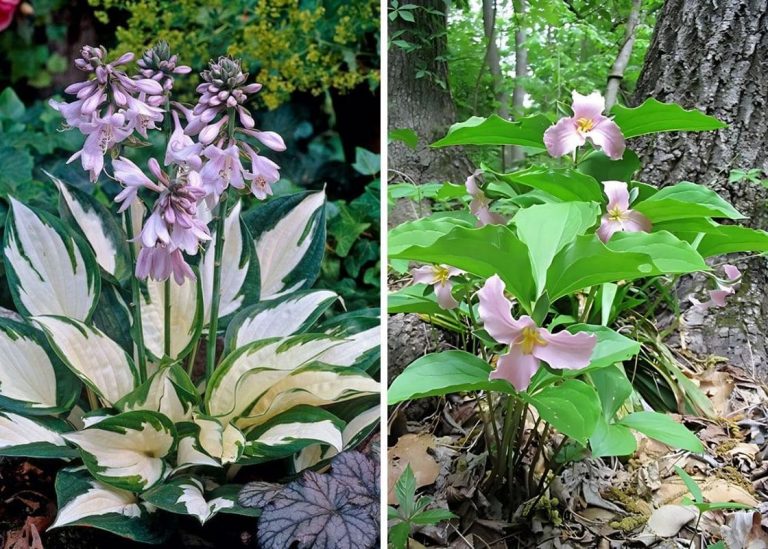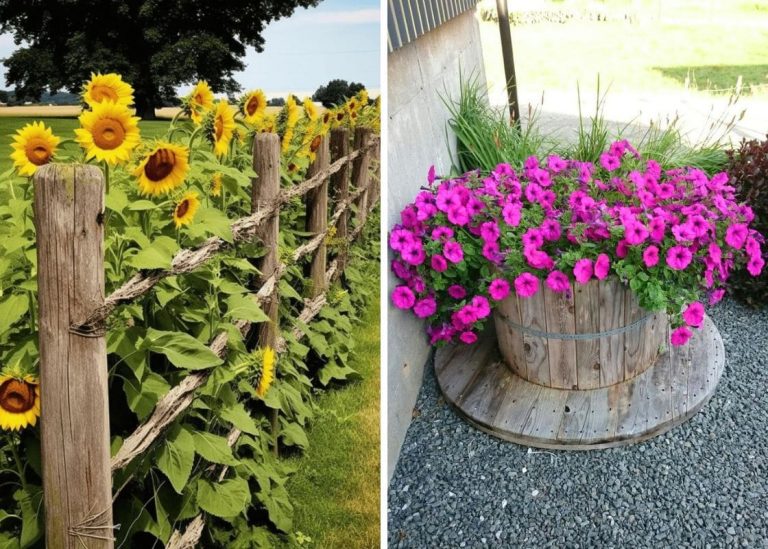How to Garden When You Have No Time (or Energy): Beauty in 15 Minutes a Week
There was a time—maybe you’ve had one too—when I couldn’t even look at my garden without feeling guilt. The beds were overgrown, the pots were dry, and the weeds? Let’s just say they were thriving.
I was juggling work, family, the kind of everyday overwhelm that blurs weeks into months. Every time I passed my garden, I whispered, “Soon.” But soon never came. And in the middle of all that chaos, I began to grieve the part of myself that used to find joy in planting, watering, and just watching things grow.
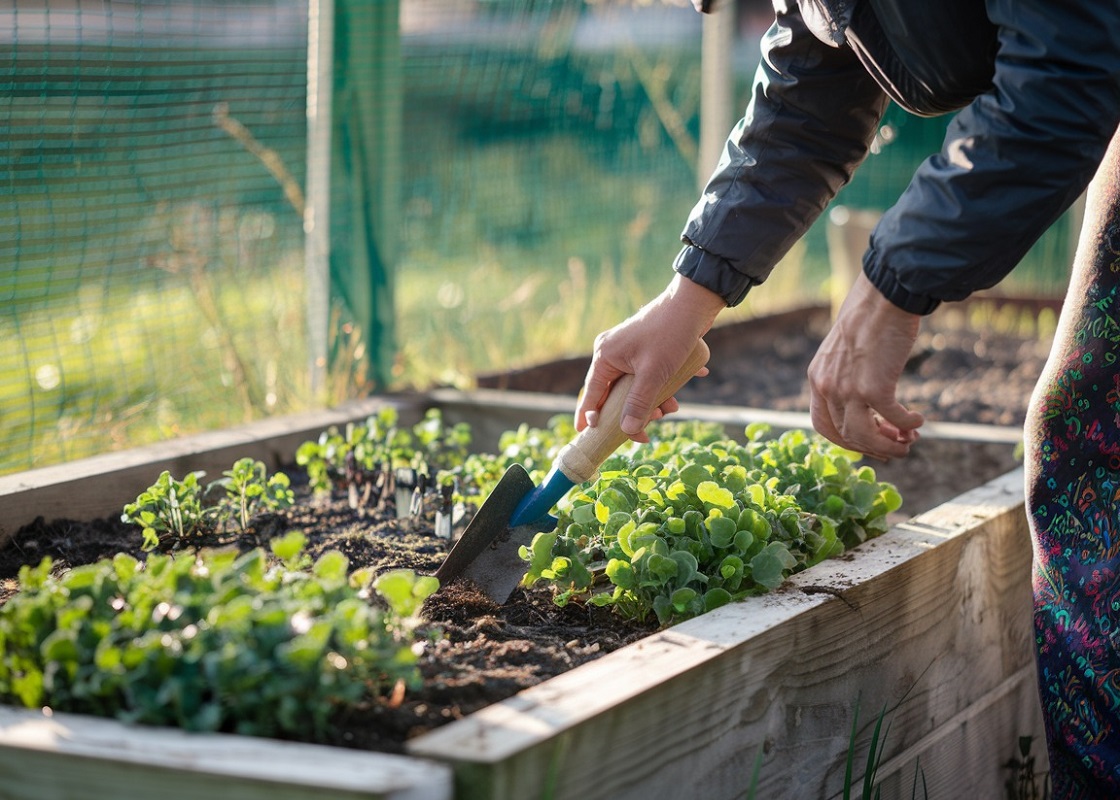
Then one afternoon, I stepped outside with a cup of tea—just for a break—and I saw a single nasturtium pushing through the cracks of a forgotten path. No care, no coaxing, just blooming. I sat there and thought, “Maybe I don’t need to do it all. Maybe I just need to do something.”
That became my turning point. I started giving the garden fifteen minutes a week. Just one pocket of time. No pressure. No big plans. And slowly, it came back to life—and so did I.
This guide is for those of you in that same place. Tired. Busy. Maybe feeling like you’ve let your garden down. But I promise: you can still have beauty. Even with just 15 minutes a week.
Step 1: Reimagine What a Garden Has to Be
You don’t need rows of vegetables or flower borders straight out of a magazine. You need a space that makes you breathe a little easier when you look at it.
Whether it’s one pot on a balcony or a neglected corner of your backyard, give yourself permission to start small—smaller than you think. I began with one raised bed. That was it.
Try this:
-
Choose a 3×3 foot area or one large pot and make that your entire “garden” for the season.
-
Focus on what makes you feel something—color, texture, scent—not what you think a garden is supposed to look like.
Note: Small doesn’t mean insignificant. It means doable.
Step 2: Choose Plants That Don’t Need a Babysitter
If you only have 15 minutes a week, you need plants that won’t panic without you. Think tough, forgiving, and beautiful with very little fuss.
The year I had surgery, I planted one pot of sedum and completely forgot about it. No water, no care. Months later, I found it still growing, blooming like nothing had happened. It felt like the plant was saying, “I’ve got this. You rest.”

Here are some of my tried-and-true favorites:
-
Sedum (especially ‘Autumn Joy’): drought-tolerant, sturdy, blooms late.
-
Lavender: loves neglect, thrives in dry spots, smells like calm.
-
Lantana: nonstop color, thrives on heat and sun.
-
Zinnias: easy from seed, wildly cheerful, butterfly magnets.
-
Thyme or oregano: culinary, low-growing, and practically immortal.
-
Ferns: for shade lovers—they don’t complain, just fill the space.
My tip: Stick with 3–5 different plants max. Less choice means less overwhelm and easier care.
Step 3: Water Like a Lazy Genius
One summer, I kept forgetting to water the pots by my garage. The plants shriveled. I felt awful. I nearly gave up again. Then someone in a garden group mentioned using wine bottles as DIY watering spikes. I tried it—and it worked I now have three wine bottles with their necks buried in soil, and they do more work than I do.
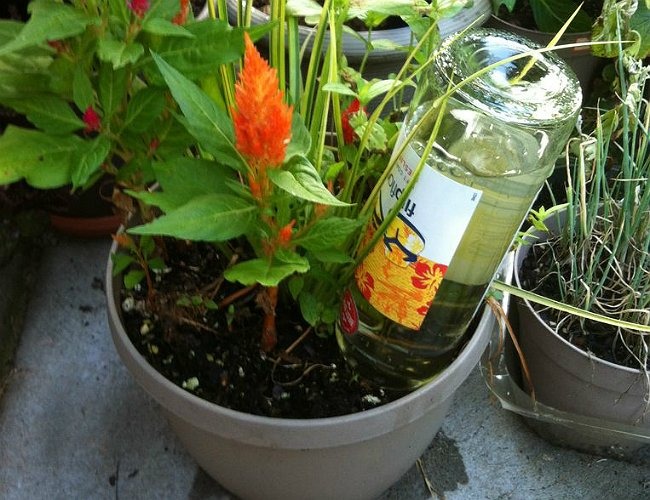
What worked for me:
-
Use deep mulch (like bark or shredded leaves) to lock in moisture.
-
Cluster your plants together in one spot—it’s quicker to water one area than to chase scattered pots.
-
Install a drip line or slow-release watering spike in containers. I set mine up once and didn’t touch them for two weeks.
Personal trick: I fill a large watering can before bed. In the morning, I use it in five minutes and I’m done before breakfast.
Step 4: Skip the “Tasks,” Savor the Touchpoints
This one’s important: let go of the mental checklist. Instead of “I need to weed, deadhead, fertilize,” ask: “What can I enjoy in 15 minutes?”
Some of my favorite 15-minute wins:
-
Pulling three weeds while watching bees dance on the basil.
-
Trimming one overgrown stem and using it in a little vase.
-
Harvesting herbs for dinner (and brushing my fingers through the mint just for the scent).
-
Replacing one tired plant with a cheerful new bloom from the clearance rack.
You’re not behind. You’re connecting.
Step 5: Let Nature Do the Heavy Lifting
I had a section of the yard I simply ignored—too tired to even mow. One fall, I left it completely alone. The next spring? Poppies. Clover. A few stray marigolds from the year before. It was messy, but it was beautiful.
Try this:
-
Let plants self-seed—cosmos, alyssum, nasturtiums all do this well.
-
Leave the leaves in autumn to feed the soil.
-
Allow clover or wildflowers to pop up between more formal plants.
Your garden doesn’t have to be tamed. It just needs room to be itself.
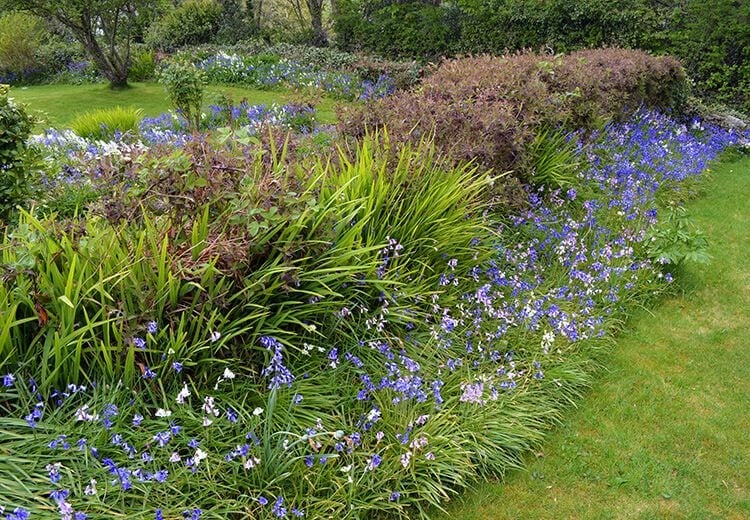
Step 6: Anchor the Experience, Not the Outcome
Here’s something I’ve learned: even when the weeds are winning and the to-do list is long, touching the soil still helps. Smelling rosemary still soothes. Watching a bee hover still grounds me.
You don’t have to finish a task every time. You just need to show up. Your 15 minutes isn’t about crossing off chores—it’s about showing your garden (and yourself) a little care.
What I do now: I set a timer for 15 minutes. I do one thing. Then I stop. And you know what? That one thing always leads to beauty.
Final Thoughts: A Little Is Not Nothing
You don’t need to wait until your schedule clears, or your energy returns, or life gets less heavy. The garden is always there. Waiting. Ready. Offering something soft to rest your eyes on.
A garden doesn’t need to be big or perfect or Instagram-worthy. It just needs your heart—and maybe fifteen quiet minutes.
So start where you are. With what you have. And watch how even the smallest moments can lead to beauty.
Now it’s your turn. What’s your favorite 15-minute garden ritual? Or what’s one tiny thing you’d love to try this week? Leave a comment below—I’d love to cheer you on.

